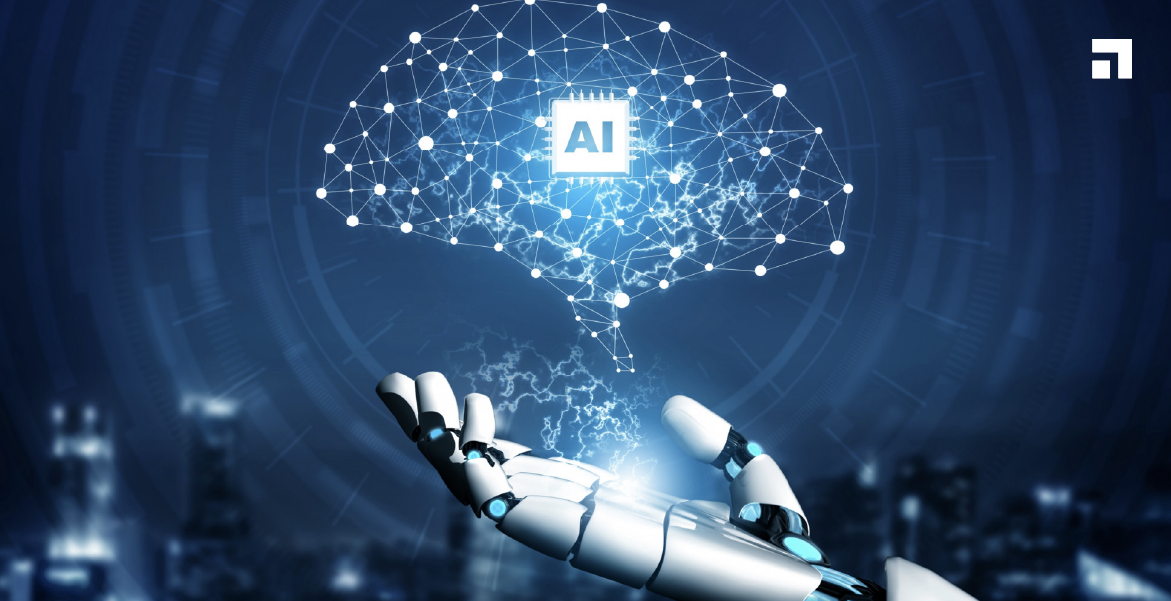
Introduction
In an age dominated by artificial intelligence (AI), the need for tools that can differentiate between human-written and machine-generated content is more pressing than ever. One such tool is the AI detector, an innovation that’s designed to address this growing concern. Whether you’re a student, content creator, journalist, or business owner, understanding how an AI detector works and its importance in today’s digital landscape is crucial.
What Is an AI Detector?
One type of program or application that can examine text and identify if it was created by an AI or a human is called an AI detector. The advent of sophisticated language models, such OpenAI’s GPT-3 and GPT-4, has made it harder to tell the difference between text produced by machines and by humans. The AI detector employs sophisticated algorithms and machine learning techniques to identify patterns that are unique to AI-generated text, such as unnatural phrasing, repetitive sentence structures, and inconsistent tone.
What Is the Process of an AI Detector?
Artificial intelligence (AI) detectors analyze a range of environmental and linguistic elements in a given text. The key components they evaluate are broken down as follows:
- Sentence Structure and Syntax: AI-generated text often follows specific patterns in sentence structure, including more frequent use of passive voice and unusual sentence lengths. AI detectors can identify these inconsistencies.
- Vocabulary Usage: AI models tend to use certain words or phrases that are statistically more likely to appear in machine-generated content. An AI detector looks for these patterns.
- Contextual Errors: Despite their impressive capabilities, AI models sometimes struggle with maintaining coherent context over longer texts. The detector will analyze the overall flow and context of the content.
- Repetitive or Predictable Content: Machine-generated content can often feel repetitive, with the same ideas being restated in slightly different ways. AI detectors can flag this as a potential sign of artificial authorship.
AI detectors may also compare the text to a large database of AI-generated and human-written content to look for similarities and predict the likelihood of the content being machine-generated.
Why is it important to have an AI detector?
AI detectors are more important than ever as AI-generated material becomes more common. Below are some key reasons why these tools are essential in today’s world:
1. Ensuring Content Authenticity
In academic, journalistic, and professional settings, it’s crucial to ensure that the content being used is authentic.The emergence of AI writing tools may persuade professionals and students to utilize AI to produce articles, reports, and essays. AI detectors help verify the authenticity of content, ensuring that it hasn’t been plagiarized or artificially generated.
2. Combating Misinformation
AI has the power to generate realistic-sounding but false or misleading content. For Example, AI could generate fake news stories or misinformation, making it harder for people to trust what they read online. AI detectors can help identify such content and prevent its spread.
3. Enhancing Academic Integrity
In educational institutions, academic integrity is paramount. With AI tools becoming more sophisticated, there’s a growing concern about students using AI to cheat on assignments or examsAI detectors assist educators and administrators in confirming that work provided is unique and not produced by artificial intelligence.
4. Maintaining Brand Reputation
For businesses and content creators, maintaining brand reputation is critical. If a company uses AI-generated content without disclosing it, it risks damaging its credibility. AI detectors help brands ensure that the content they publish is authentic, providing transparency to their audience.
AI Detector Applications
AI detectors are useful in a wide range of sectors.
- Education: To prevent students from using AI-generated essays or assignments.
- Media and Journalism: To ensure news articles are written by journalists and not AI systems.
- Marketing and Content Creation: To verify that the content being published is original and not generated by AI, which can impact SEO and engagement.
- Cybersecurity: To detect AI-generated phishing emails or fraudulent content online.
AI Detector Limitations
Despite their immense utility, AI detectors are not flawless. Differentiating between content created by machines and by humans is getting harder as AI models get better. GPT-4 is one example of an AI model that generates content that is nearly identical to human writing. Furthermore, AI detectors are not perfect; occasionally, they may miss AI-generated text entirely or produce false positives.
The Prospects for AI Detectors
AI detectors will develop in tandem with AI technologies. More sophisticated algorithms in future iterations might be able to identify even the smallest indications of AI-generated content. As AI becomes more pervasive in daily life, AI detectors will become more and more important in guaranteeing the security and authenticity of content in a variety of industries.
In conclusion
The ability of AI to produce information that is nearly identical to human-written text makes the function of the AI detector more crucial than ever in the modern digital environment. These tools support the maintenance of original and reliable material for all users, be they students, content producers, or company owners. AI detectors are a useful tool for thwarting false information, upholding academic integrity, and guaranteeing transparency in the content production process—despite certain difficulties.






Leave a Reply